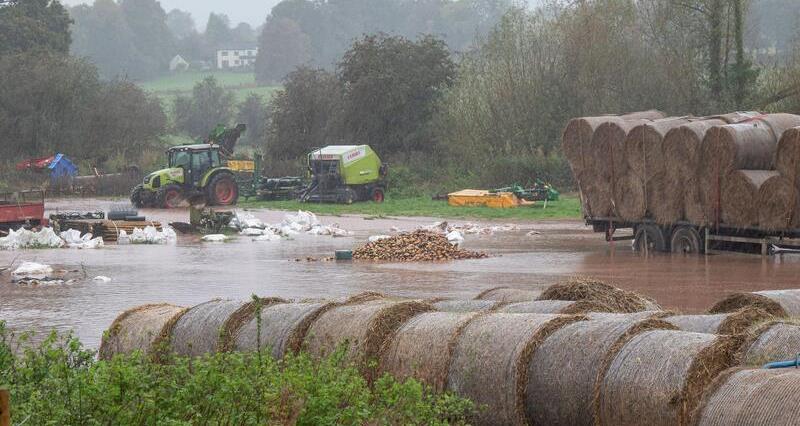Is my crop at risk?
Sugar beet, like many crops, has an ability to withstand water logging for a short period of time. The amount of time that the crop is underwater is key as this will affect the extent of anaerobic conditions roots are exposed to.
There is no precise critical period that roots remain unaffected as temperature, soil sediment levels and soil structure (soil aeration) will have an influence, but crop should be able to tolerate 5-7 days underwater. After this time there is an increased risk of ‘hypoxia’ in plants leading to cell death.
Effects of water damage
When cells die, secondary infection by bacteria and fungi are the main cause of losses, usually in the form of root rots. If roots begin to re-grow after being waterlogged, they may become fangy.
Sugar losses are also associated with plants being anaerobic as water logging triggers a range of enzyme and metabolic processes in the roots as they try to repair themselves.
Does good canopy cover help protect the crop?
The presence of healthy tops on crops under water is not considered to have either a positive or negative effect.
However, as water levels reduce and crops start growing again, having healthy tops may help crops recover quicker than crops with poor canopies. Unfortunately, if a crop has been under water for a long time both the roots and tops may be killed. Tops may turn black.
Assessing for water damage
If crops have been under water for five days, digging some roots (about 20 from an affected and unaffected area) and letting them dry out in ambient conditions (not warm) may indicate any problems.
Look for any softening, discoloration, and early signs of secondary infection (smell) after about 24 hours.
What should I do if my beet is flooded?
Any crops that have been underwater and are considered suitable for processing should be harvested and delivered immediately to the factory.
Harvest as gently as possible as any excessive damage and cleaning will accelerate root rotting and further deterioration. Do not clamp any waterlogged crops for any longer than absolutely necessary.
Areas of field which have been waterlogged will need managing separately to unaffected areas.
Beet in the clamp
Beet in the clamp is likely to be affected in the same ways as beet in the field outlined above. However, it may be at higher risk of developing secondary infections such as root rot.
Particularly dirty beet in the clamp is more likely to be exposed to anaerobic conditions and therefore experience sugar losses.
Significantly, beet in the clamp doesn’t have the same capacity to recover once water levels have receded. It should be treated with caution and possibly segregated so as not to contaminate healthy loads.
Who to contact
Please contact your NFU Sugar representative (details below) if any of your contracted fields are, or have been, underwater. We will require your contract name and number, estimated hectares of water-logged beet, length of time underwater and length of time since the water has receded (if appropriate).
NFU Sugar representative contacts
You can also contact NFU Beet Intake Manager Sarah Smith by email: [email protected] or telephone: 07968 321792.




